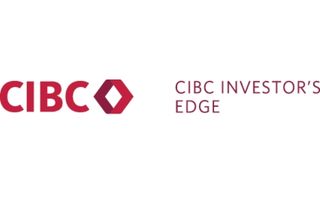
- 100 free trades signup offer
- Easy-to-use platform
- Low fees
- Student and young investor discounts
There’s no right or wrong way to strategize when it comes to investing. But dollar-cost averaging might be right for you—particularly if you can trust your stocks and funds to increase in value over time. Here’s what you need to know about dollar-cost averaging.
Dollar-cost averaging is an investment strategy that involves contributing a fixed amount to a fund or stock portfolio at regular time intervals, regardless of stock prices or market movements at any given time.
When the prices of your chosen stocks or funds go up, your fixed investment will buy fewer shares. When prices go down, it nets you more shares and reduces your average cost per share over time. This way, your investment isn’t as highly impacted by volatility as it would be if you purchased all your shares in one lump sum.
This is often practiced with index funds, so that you’re dropping money into the S&P 500 or the Nasdaq Composite regardless of the price at the moment. You’re betting that markets go up over time.
Dollar-cost averaging removes the guesswork that comes with timing the market or any group of stocks and buying at the right time.
Let’s say you decide to invest $1,000 in stock ABC on the first of every month for 5 months. Assume the following table indicates how the price of the stock moves in the first 5 months.
| Month | ABC stock price | Shares purchased | Shares owned | Value of investment |
|---|---|---|---|---|
| January | $20 | 50 | 50 | $1,000 |
| February | $18 | 55.55 | 105.55 | $1,899.90 |
| March | $21 | 47.62 | 153.17 | $3,216.57 |
| April | $19 | 52.63 | 205.8 | $3,910.20 |
| May | $22 | 45.45 | 251.25 | $5,527.50 |
By May, a total investment of $5,000 ($1,000 X 5 months) is worth $5,527.50. Had you decided to invest that total at any one of those months, your investment might have ended up higher or lower. In this case, the average price of the stock was the same as the purchase price. But it’s lower than the stock’s highest price.
By using a dollar-cost averaging strategy, you reduced the impact of volatility in the stock price over time.
Dollar-cost averaging steers you away from the risk of market timing. Because you’re investing a fixed amount at different intervals regardless of share price, you avoid emotional investing or buying more shares as prices rise and panic selling when they drop. Dollar-cost averaging keeps you on a steady, long-term investing strategy.
Dollar-cost averaging is so well-regarded, it’s used in retirement planning. If you own a RRSP, you’re already doing it. Your employer takes a fixed amount of money out of your income every payday and invests it in the stocks or funds you’ve chosen for your RRSP.
Succeeding in dollar-cost investing assumes stock prices will rise, at least in the long run. But prices are constantly moving, and nobody can predict with absolute certainty where prices may be heading. So, engaging a dollar-cost averaging strategy on a stock you know little about can be especially risky. You may end up buying more stocks at a time when exiting would be more suitable.
That’s why dollar-cost averaging may be more suitable for index funds or mutual funds, which invest in a variety of stocks. But in either case, it’s crucial to examine the fundamentals of any investment before employing a strategy.
Moreover, dollar-cost averaging is best used as a long-term strategy. While markets are in constant flux, prices generally don’t change much in the short term. You have to keep your dollar-cost averaging strategy in play through a long period to benefit from the low prices of a bear market and the high prices of a bull market. Either can last several months or even years.

Many brokers provide automatic investing plans. These strategies allow you to contribute fixed amounts of money automatically from your bank account to securities such as a mutual fund at set time intervals. Here are some popular picks.
| Broker | Account minimum | Fees | Highlight |
|---|---|---|---|
| Wealthsimple | $0 |
| Buy and sell cryptocurrencies with Wealthsimple Crypto |
| CIBC Investor's Edge | $0 |
| Special pricing for students and active traders |
| Qtrade Direct Investing | $0 |
| Lots of research tools |
| Moka app | $0 |
| Rounds up your purchases to the nearest dollar and invests the change in ETFs |
| Justwealth robo-advisor | $5,000 (no minimum for RESP accounts) |
| Low management expense ratio |
Before you kick off your dollar-cost averaging strategy, you’ll need to open a stock trading account with a broker. Here are some of your choices.
Dollar-cost averaging is the process of dividing your total investment in a stock or fund into fixed investments at set time intervals. When done correctly, this strategy can help hedge against volatility and earn strong profits in the long run. Before you invest, compare stock-trading platforms to find one that’s right for you.
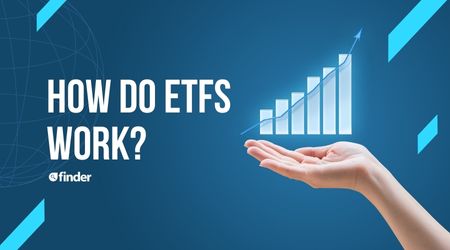
Your guide to how ETFs work and whether this type of investment is right for you.
Read more…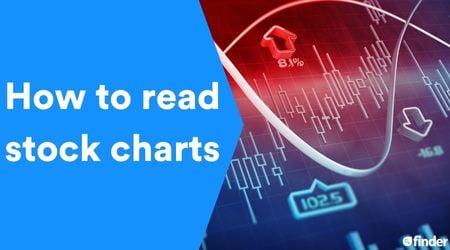
Learning how to read stock charts and recognize chart patterns can unlock your success as a trader.
Read more…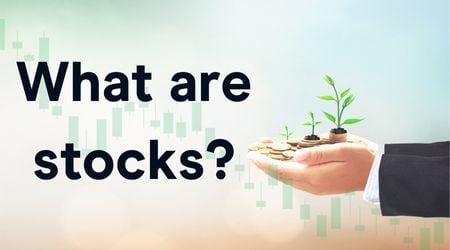
Owning a stock means you own part of a company and can potentially grow your wealth. But there is a risk of loss.
Read more…
Learn how to research stocks and find the right investment opportunities in 4 steps.
Read more…
Market volatility can be nerve-wracking. Discover 3 trading strategies plus the pros, cons and risks of investing in volatile markets.
Read more…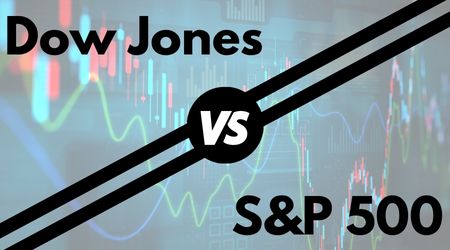
Find out the key differences between the Dow Jones and S&P 500 plus key points to consider before investing.
Read more…Explore all of the latest EQ Bank offers and promotions available now.
An in-depth comparison of Simplii Financial and Tangerine to help you find the best digital bank for you.
Your guide to the best EQ Bank savings accounts, including the current EQ Bank savings rate.
Your guide to account plans, transactions and monthly fees for the Scotiabank Select Account for Business.
Your guide to the transactions, fees, limits, and pros and cons of the Scotiabank Scotia Professional Plan Plus Account.
Discover Ford’s latest financing offers across Canada—find 0% APR deals on popular models.
Compare loans like Prudent Financial Services to find the right lender for your financial situation.
Get fast access to interest-free loans with these Ontario cash advance apps.
Find out what to do if you’ve been affected by Binance’s withdrawal from Canada.
Here’s our methodology for scoring the features that matter, and picking the top business bank accounts in Canada.